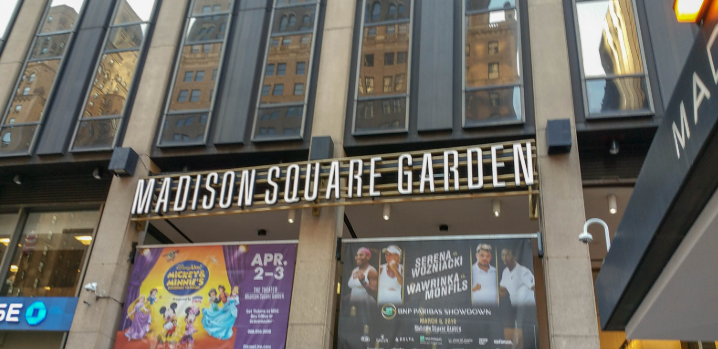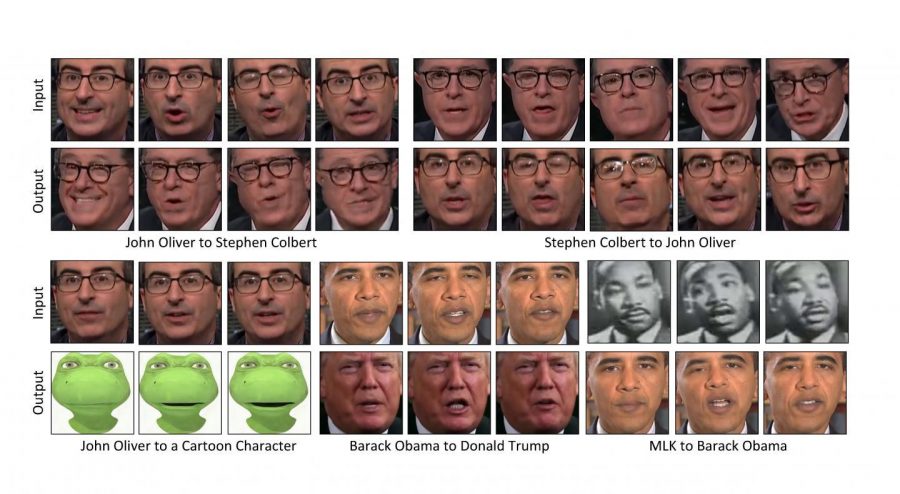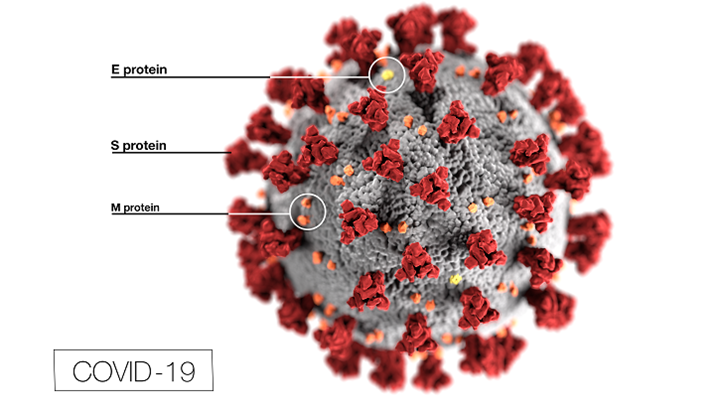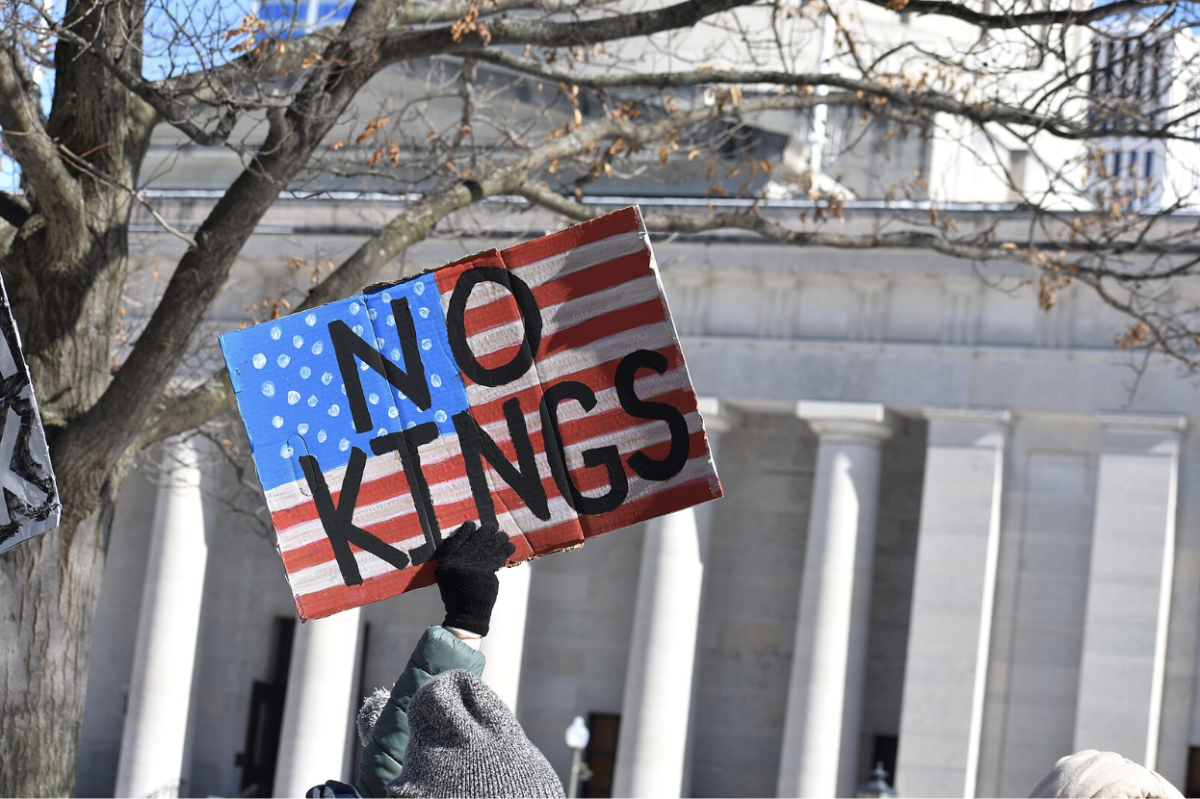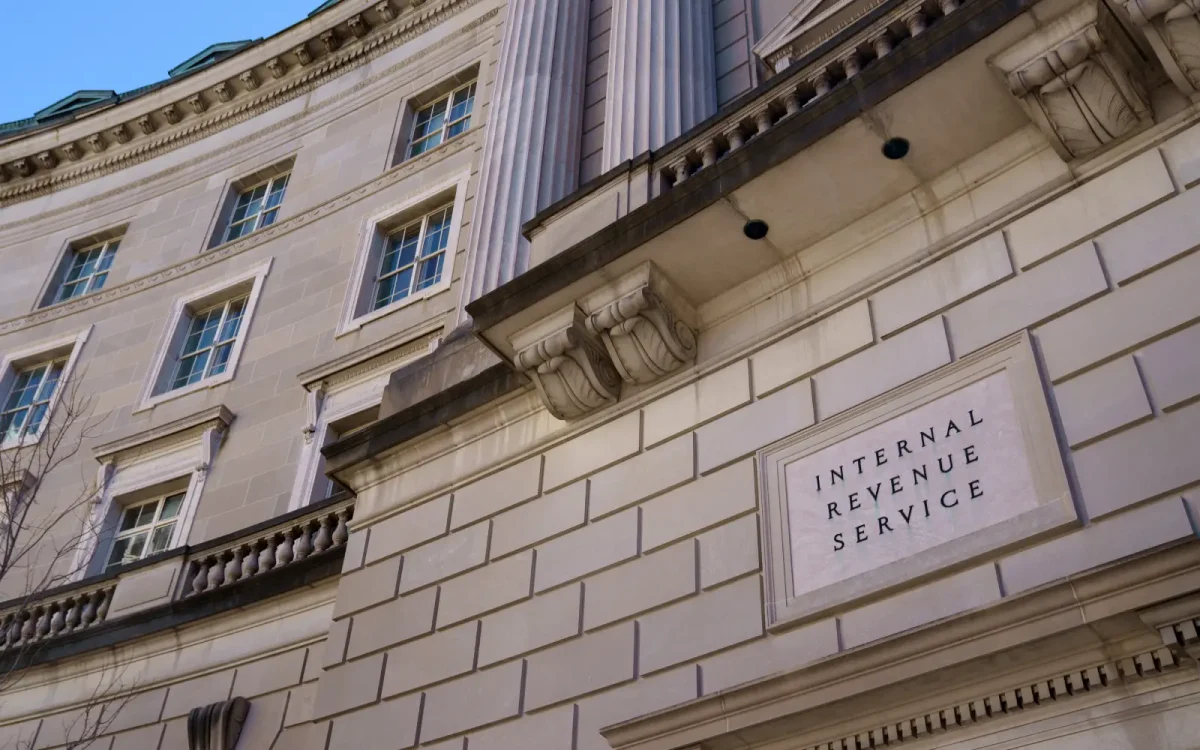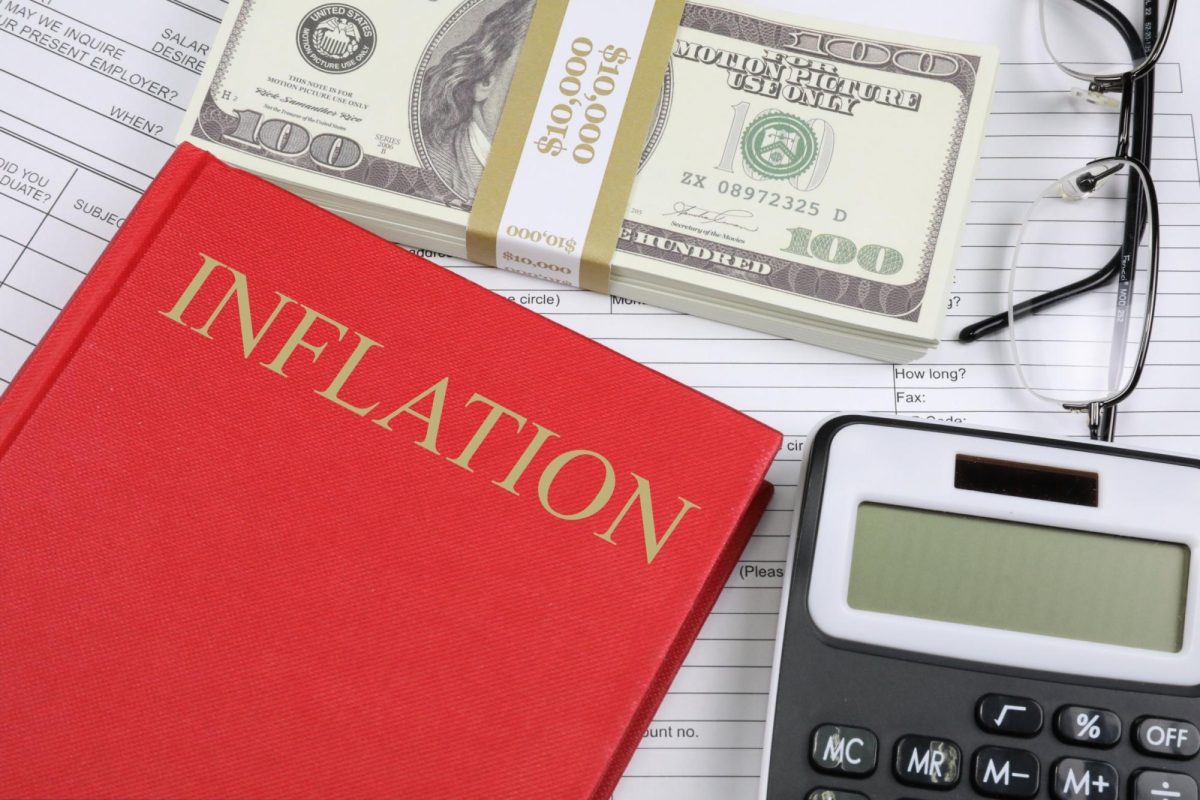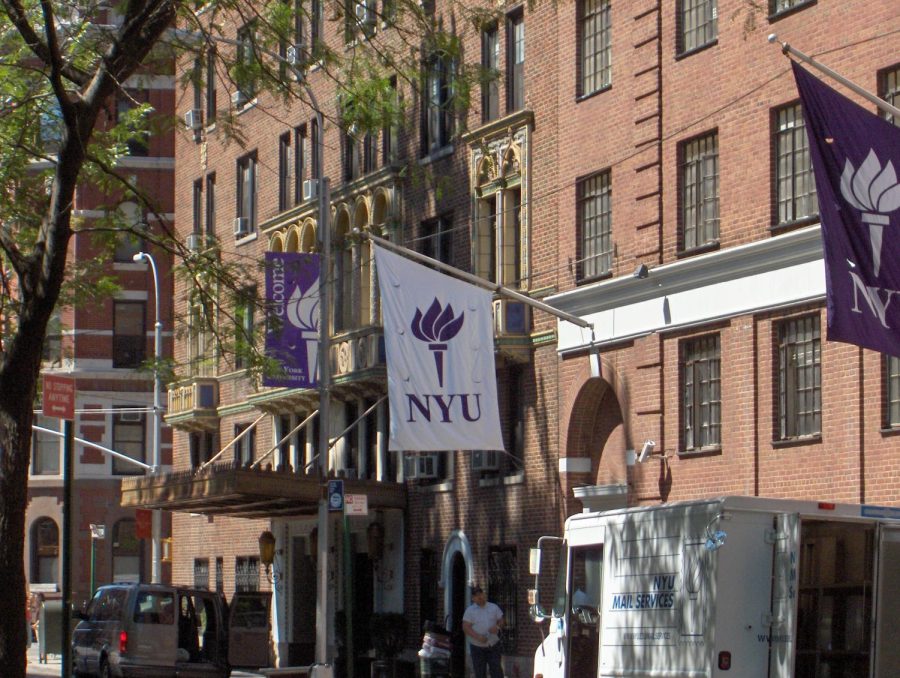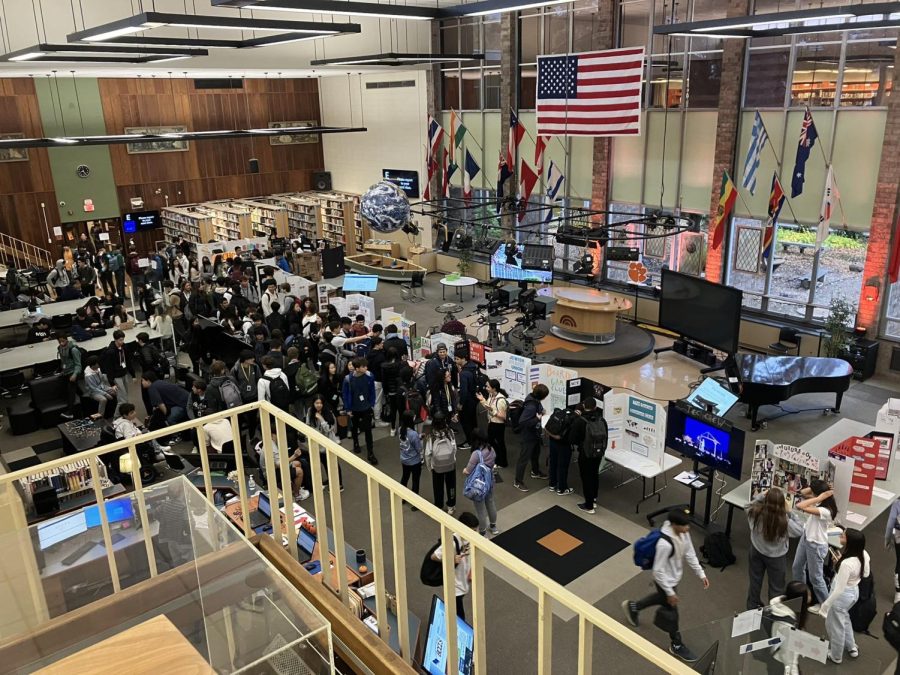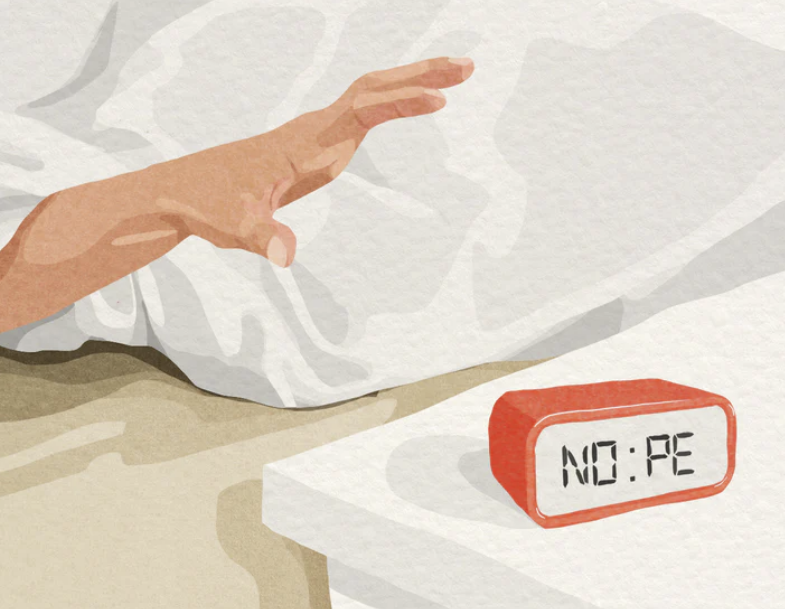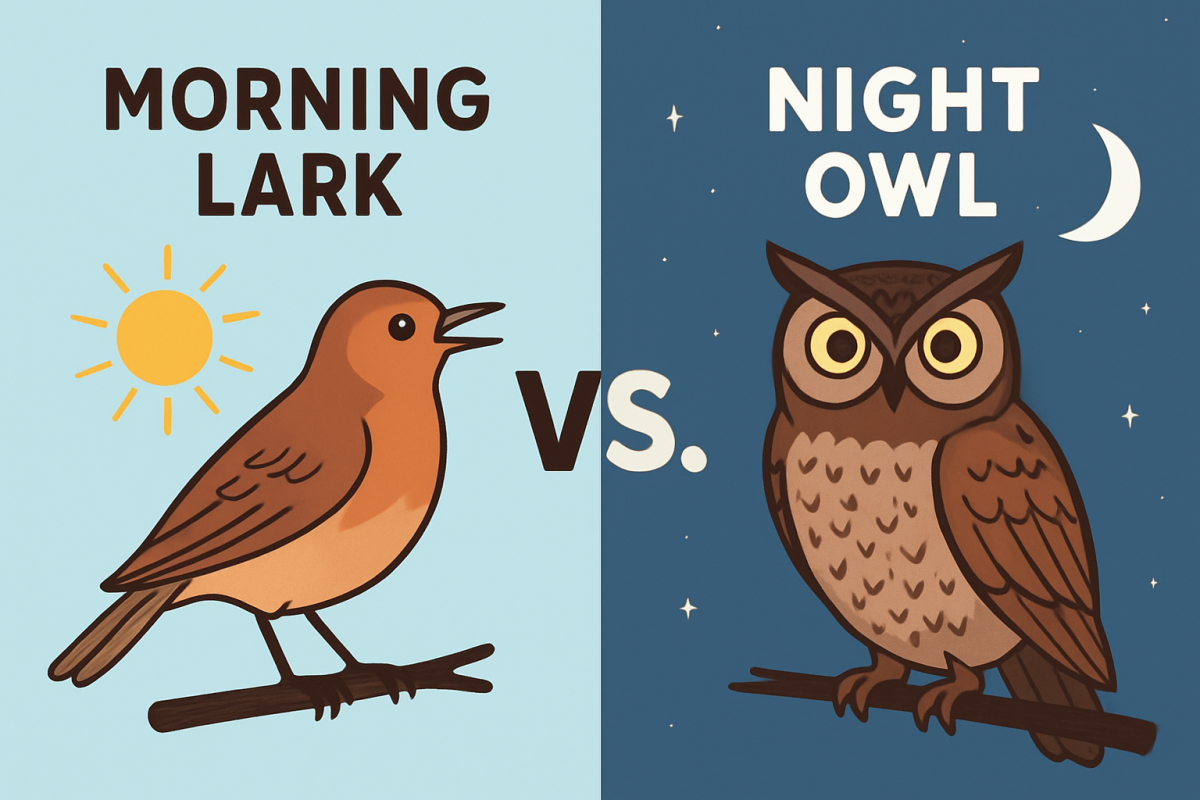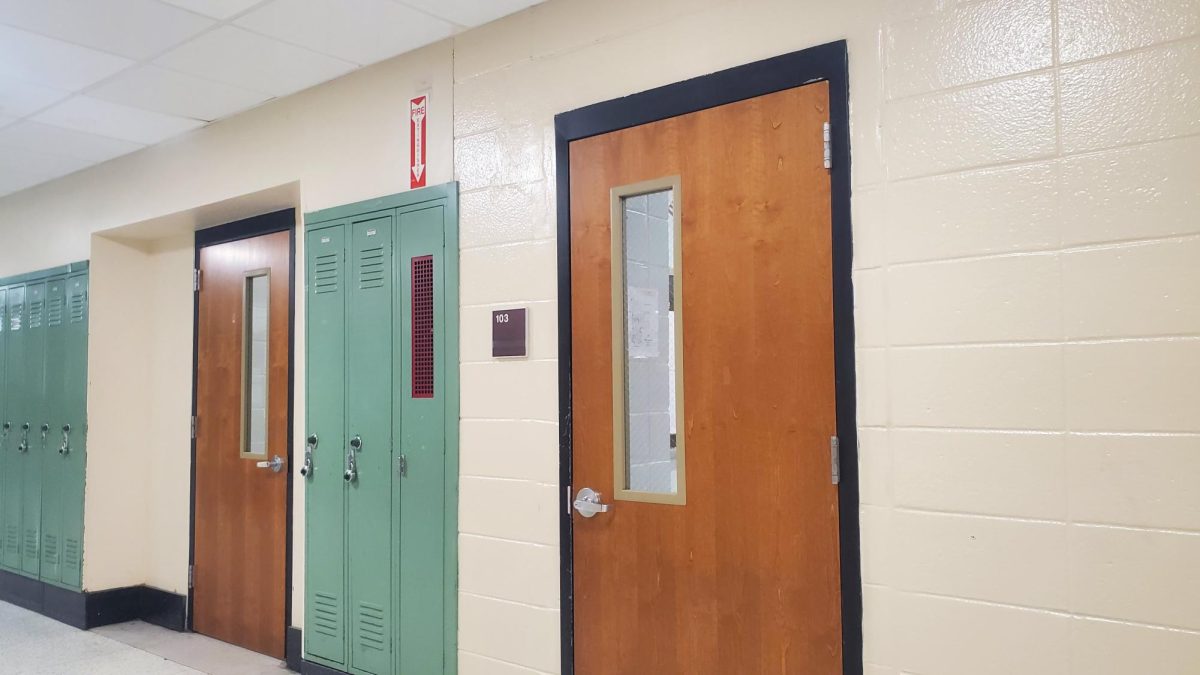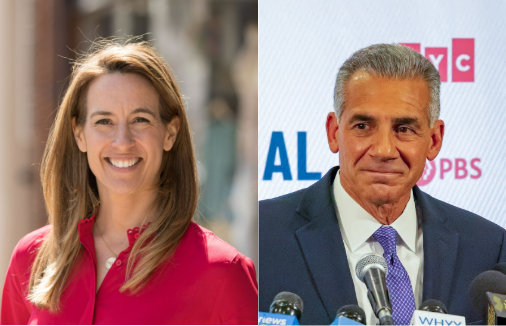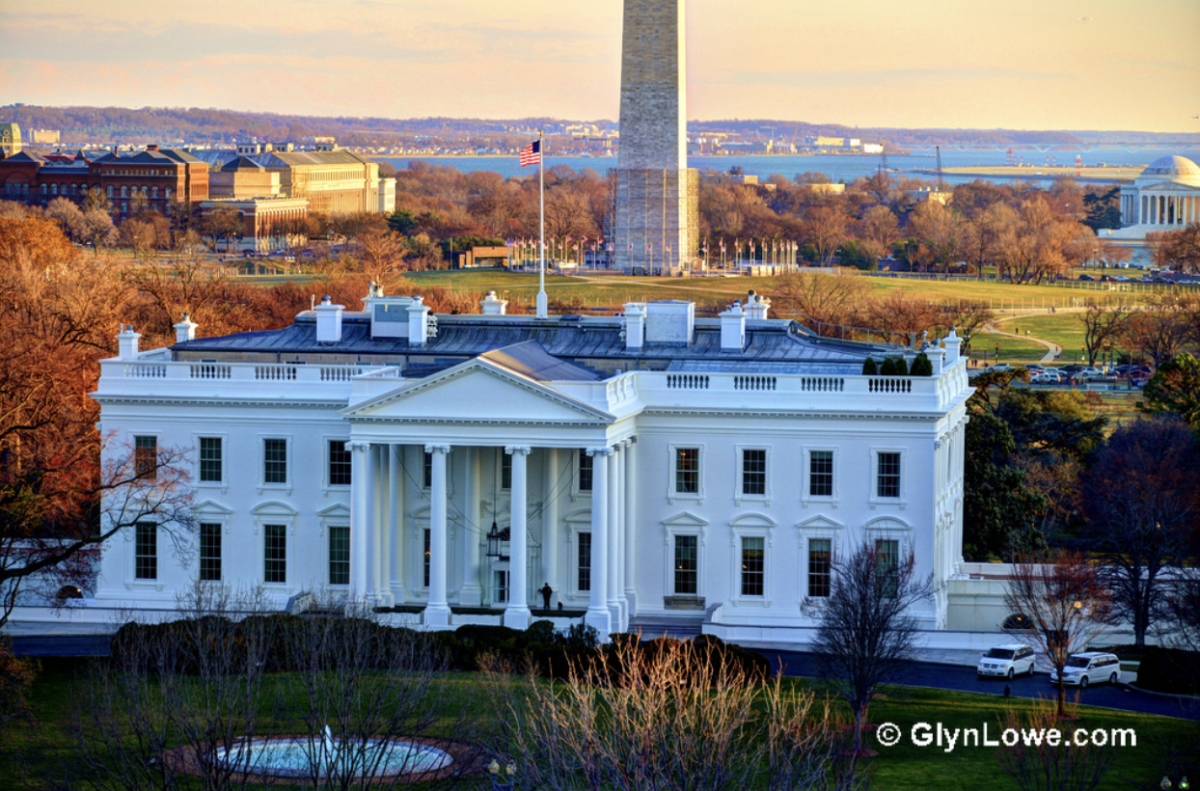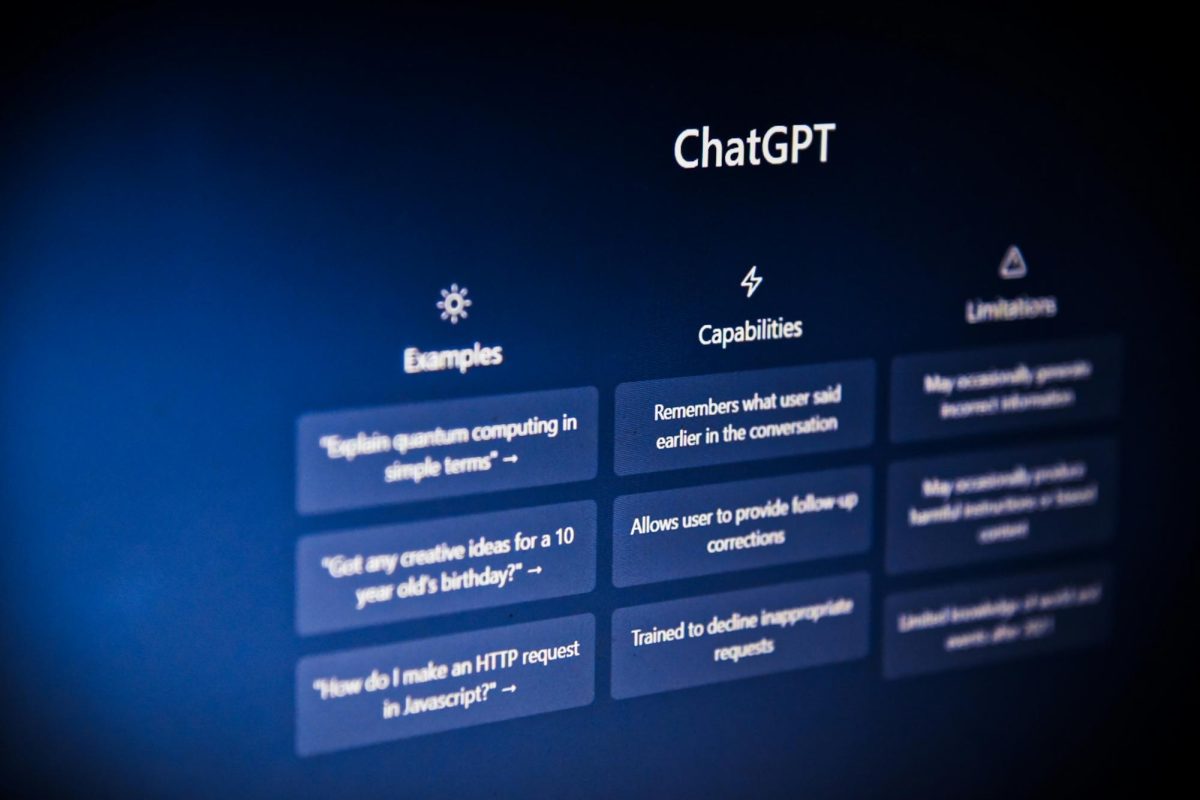Starting January 1, 2026, Californians living with diabetes will have access to state-branded insulin pens sold under the CalRx label. These insulin pens will be priced at just $11 per pen, sold in packs of five for $55, according to Governor Gavin Newsom’s website.
Insulin is a lifesaving drug for people with diabetes, yet its cost has long been a flashpoint in debates over prescription drug pricing. Approximately 3.5 million adults in California—about 10% of the state’s adult population—live with diabetes, according to CalMatters. When prices rise, many patients face impossible decisions. Some skip doses, ration medication, or even sacrifice other living essentials to be able to afford insulin.
For decades, the three dominant insulin makers—Eli Lilly, Novo Nordisk, and Sanofi—have raised list prices far beyond inflation, drawing widespread criticism and congressional scrutiny. As Politico reported, insulin products that once cost $25 per vial have now soared to $300 or more, placing enormous strain on patients and insurers alike. By contrast, California’s CalRx insulin will sell at a flat, transparent price. “There are no rebates, there are no coupons, there’s no program that a person who needs insulin has to enroll in order to get that price,” Liz Power, a spokesperson for Civica, said. Comparable market products now range from $89 to over $400 per five-pack.
“No Californian should ever have to ration insulin or go into debt to stay alive,” Newsom said. “I won’t stop until health care costs are crushed for everyone.” The program is part of the state’s CalRx initiative, a broader effort to use public power to lower drug prices in California.
At $11 per pen, CalRx insulin could save patients hundreds of dollars annually, especially those with high-deductible plans or no insurance. According to California Health and Human Services, even insured Californians will be able to purchase it directly at California pharmacies. This level of accessibility could dramatically improve adherence and health outcomes.
California’s move also has national implications. By stepping into the insulin market itself, the state may disrupt the industry’s pricing dynamics. “California will start selling low-cost insulin in January, becoming the first state in the nation to bypass Big Pharma,” wrote Politico’s Rachel Bluth, noting that the initiative could force manufacturers to either lower prices or risk losing market share. In fact, several major drugmakers already cut insulin prices by 65-80% in 2024, a shift CalMatters says reflects growing political and competitive pressure.
The initiative could also narrow deep health equity gaps. High insulin prices have disproportionately affected low-income and uninsured Californians, who are more likely to develop complications from diabetes due to inconsistent access. By offering a simple flat price with no hidden fees, CalRx removes barriers that previously excluded many patients.
Still, the rollout faces hurdles. The program has already been delayed multiple times since its original 2023 target, due in part to manufacturing and regulatory challenges. According to ABC7 News, analysts warn that established manufacturers could respond by adjusting rebates or tightening distribution to undercut the state’s offering.
Newsom, however, shows no sign of slowing down. CalRx is also trying to expand its horizons to produce diapers as well as weight-loss drugs such as GLP-1s, as reported by the San Francisco Chronicle. The CalRx program is also exploring affordable versions of naloxone, asthma inhalers, and vaccines, positioning California as a pioneer in essential-medicine affordability, according to CalRx.
If successful, the initiative could inspire other states—or even the federal government—to replicate its model. It also raises larger questions about the future of public involvement in drug manufacturing. Should states collaborate on shared production facilities? Could government-backed biosimilars become a standard tool to counter monopolistic pricing? The answers will depend on the program’s early results: whether pharmacies stock the insulin, whether patients switch, and whether cost savings translate to better health outcomes. For now, California has staked its claim as the first state willing to test whether public production can reshape one of medicine’s most entrenched markets.
By cutting our corporate middlemen and offering insulin at a fraction of its historical cost, California is redefining what it means to put people before profits. Whether this experiment becomes a national model or remains a bold outlier, it represents a landmark moment in the fight for affordable healthcare and a reminder that access to lifesaving medicine should never depend on one’s income or insurance plan.

















